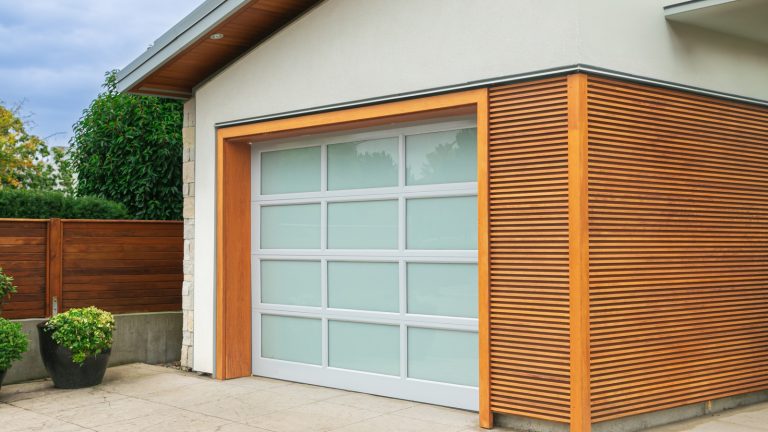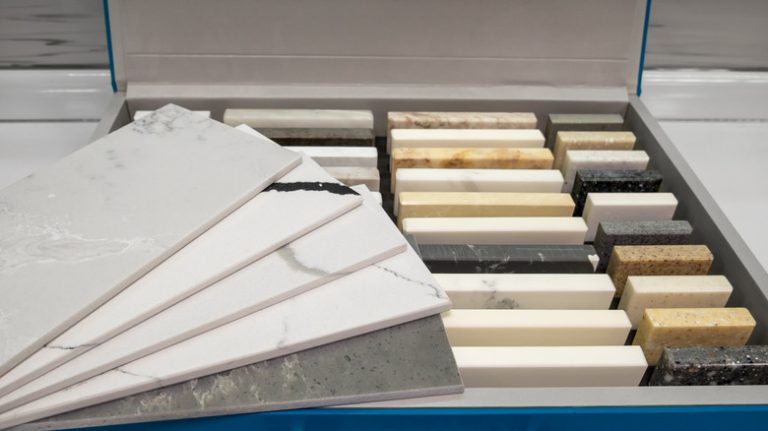
Clutter can instantly detract from your home’s aesthetics and functionality. Despite our best efforts, it somehow finds its way into our homes. According to a 2025 Yelp survey on America’s most dreaded chores, home organization ranked fourth, trailing behind carpet cleaning, gutter cleaning, and window washing.
While decluttering isn’t as unpleasant or exhausting as the top chores, its long-term commitment can be daunting. The thought of tearing apart your house, purging, reorganizing, and putting everything back can be overwhelming. You don’t want to end up with a mid-project regret, leaving your space messier than before.
The hardest part is often finding the motivation to start decluttering. Fortunately, there are small, actionable steps you can take to make steady progress in home organization and storage, rather than cramming it all into one exhausting weekend.
Start small by tackling one room, area, or type of clutter at a time
Remember, even small progress is still progress. To keep things manageable, focus on one room or specific area at a time, like the spice cabinet, cleaning supplies, or junk drawer. Alternatively, declutter a specific type of clutter, such as books, papers, or clothing. Committing to decluttering just five items a day can also help. Over time, you’ll see meaningful progress, which can boost your motivation.
Setting timers and reminders helps you remember to keep it consistent and quick
Maintain a small-scale approach to decluttering to preserve your sanity. Set a 15-minute weekly reminder on your phone, or opt for a shorter five-minute daily session, to ensure consistent progress. Use a timer, play your favorite songs, or listen to an audiobook chapter to clearly define your decluttering period.
Use the box method to sort items into four decluttering categories
While decluttering your home, set up a system with four boxes (or labeled piles): put away (or keep), sell, donate, and trash. Pass each item through your hands, sorting them into these categories to purge unnecessary items and assess what you’re keeping. Follow through with what each label dictates before considering the project complete.
Take action on purged items with as much intention as items you’re keeping
Managing purged items is as crucial as organizing the ones you’re keeping. Don’t let donated items clutter up another area of your home (or car trunk). Dispose of trash immediately. List “sell” items and donate “give away” items promptly to avoid an excessive pile of unwanted goods. The longer they remain, the more likely they are to re-enter your home.
A junk drawer can actually be your decluttering friend
During decluttering, we often hit a snag in the “put it away” phase with random items lacking a home. An organized junk drawer for miscellaneous items ensures everything has a place. Tackle this drawer last to properly organize its contents. Use drawer organizers to assign specific spots for each item type.
Whether bought or repurposed, drawer organizers are also your friend
We admire social media photos of perfectly organized drawers. While creating separated compartments is effective for keeping drawers tidy, you don’t need to buy special organizers unless desired. Repurpose small boxes, like tissue, phone, shoe, or jewelry boxes, as drawer organizers for a sustainable, budget-friendly, and efficient solution.
Baskets and clutter are a match made in organization heaven
Baskets are excellent for organizing clutter out of sight. Within cabinets, cubbies, or freestanding on the floor, attractive baskets group clutter by type, location, person, or purpose. Large floor baskets can store extra blankets, while a small basket in the media console can gather extra cords. The possibilities are endless where pretty baskets and unsightly clutter meet.
Regular maintenance moving forward will help keep your organization system working
After decluttering, maintaining your home’s organization involves daily tidying. Spend a few minutes each day returning items to their designated spots. This small effort keeps the system running smoothly. Letting clutter accumulate again only creates a larger task for the future.
Create a system for mail and paper clutter to avoid accumulation
Papers, especially with school-aged children, often reappear to disrupt organization. Opt for paperless statements and bills to eliminate physical copies. Scan important documents to save them electronically. Use a basket for important documents. Schedule reminders to sort through your drop box regularly to prevent it from becoming a dumping ground.
Use the hanger method to declutter unworn clothing items
Wardrobe organization involves two steps: a motivated purge day and a follow-up period for uncertain items. Use the hanger method by turning hangers backward. After wearing and returning clothing, place the hanger correctly. After a month or two, reassess items with backward hangers to decide if they’re keepers.
Create a permanent donation basket to help with ongoing decluttering efforts
After decluttering, you may tweak organization systems or make space for new items. If possible, designate a small labeled box or basket in a discreet location for donations. This keeps them organized and out of sight until you’re ready to donate. The same approach can apply to items listed for sale.
Make sure the whole household is on board with the organization system
Educating and involving household members in your organization systems is crucial for their effectiveness. The effort will be wasted if family or housemates inadvertently undo it due to lack of understanding. Working together on the decluttering process and ongoing expectations ensures everyone stays organized.






